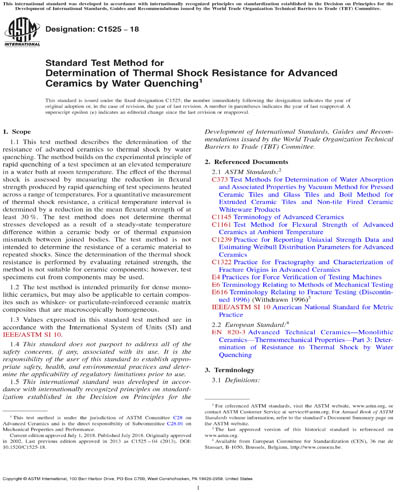In this work we have studied the concentration quenching in transparent glass ceramics containing er3 nayf4 nanocrystals.
Quenching glass ceramic.
The thermal quenching of fluorescence of ce y 3 al 5 o 12 glass ceramic yag gc phosphor was evaluated and compared with those of ce y 3 al 5 o 12 polycrystal yag pc and ce gd y 3 al 5 o 12 glass ceramic gdyag.
Glass ceramics are polycrystalline materials produced through controlled crystallization of base glass.
Glass ceramics with nanocrystals present a transparency higher than that expected from the theory of rayleigh scattering.
With the increase of the er3 doping.
Ce la nd po 4 phosphate based glass ceramics are potential candidates for the hlw.
Monazite iron phosphate glass ceramic wasteforms were prepared by a melt quenching process.
The glass reagents high purity powders of sio 2 ca 3 po 4 2 caco 3 mgco 3 4 mg oh 2 5h 2 o na 2 co 3 and k 2 co 3 1.
Summary this paper presents the results of an experimental study of heat transfer characteristics in single phase and two phase stagnation point flows pertinent to quenching of glass in the temperi.
The er concentration dependence of integrated intensity and lifetime of 4i13 2 4i15 2 emission are showed.
In this paper phosphate based glass ceramic waste forms containing monazite cepo 4 as crystalline phase were prepared by a melt quenching process using nh 4 h 2 po 4 h 3 bo 3 fe 2 o 3 and ceo 2 as the feed materials and the formation process was analyzed.
Do micro structural properties after different rate of quenching simultaneously measure the physical properties also.
The feasibility to immobilize the hlw by monazite iron phosphate glass ceramics is discussed.
Quenching effect will be there on both physical and structural properties.
This ultratransparency is attributed to the spatial correlation of the nanoparticles.

